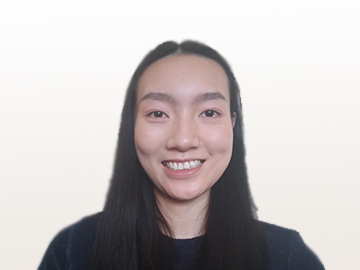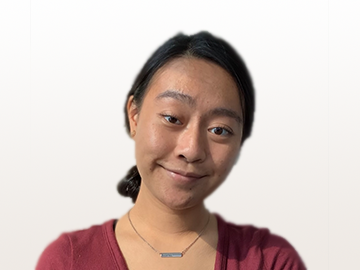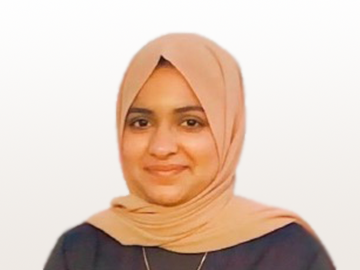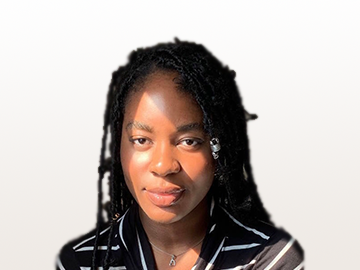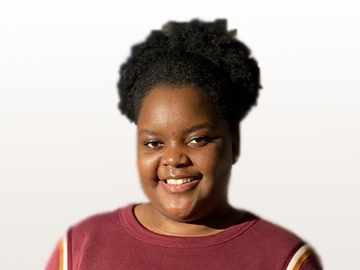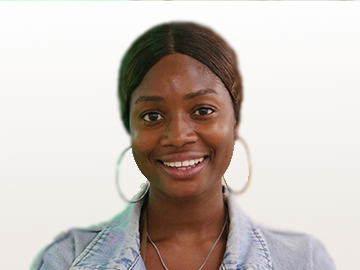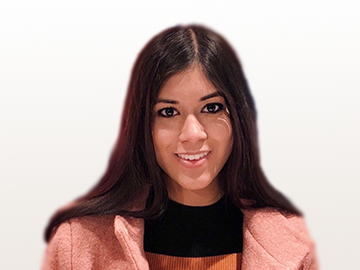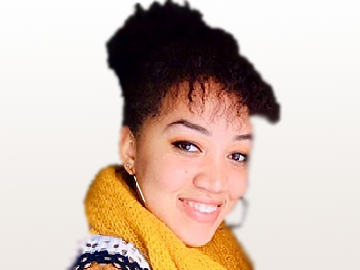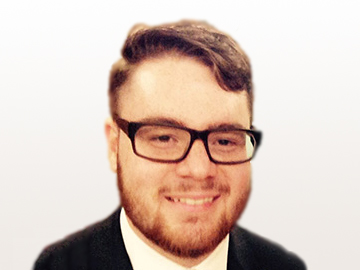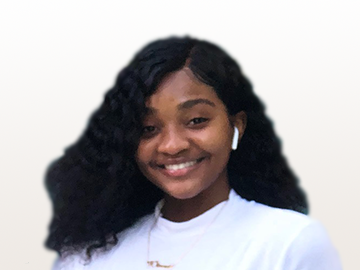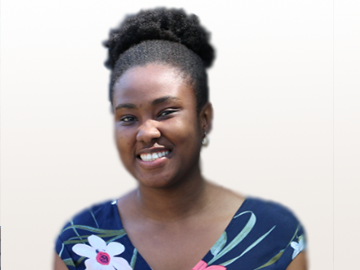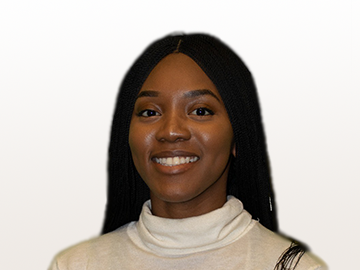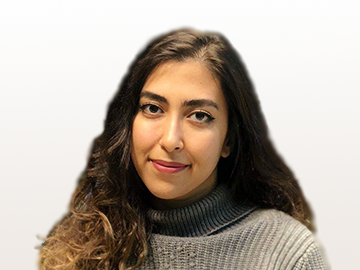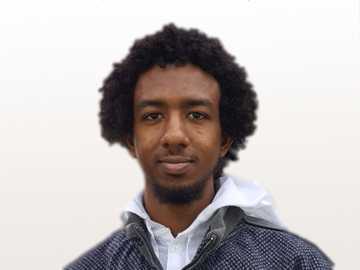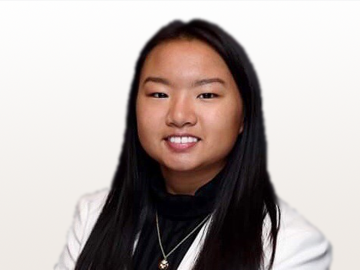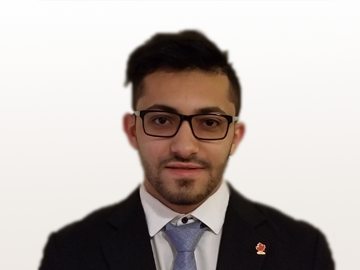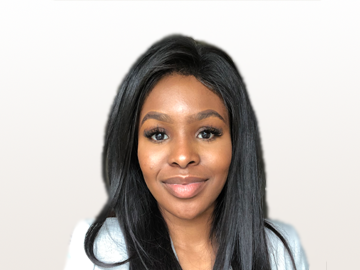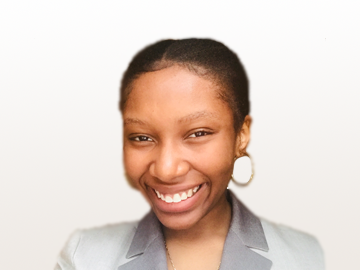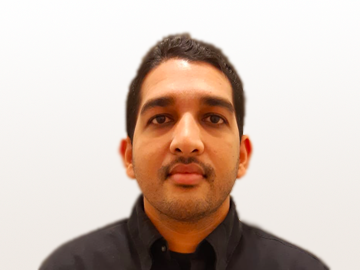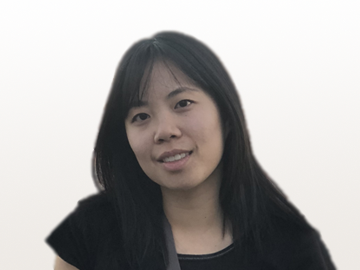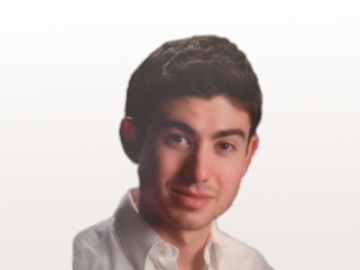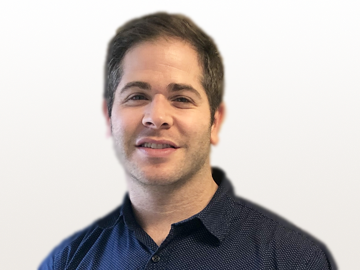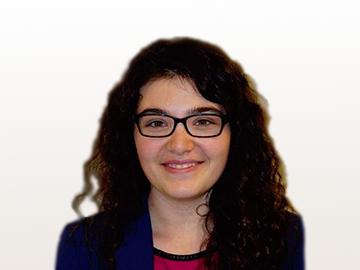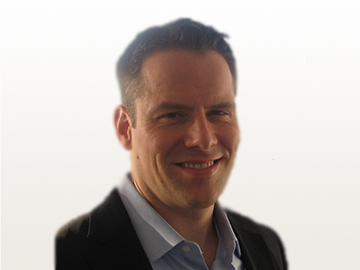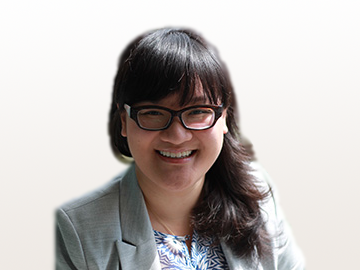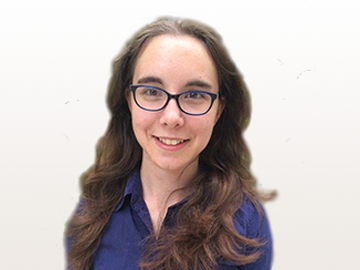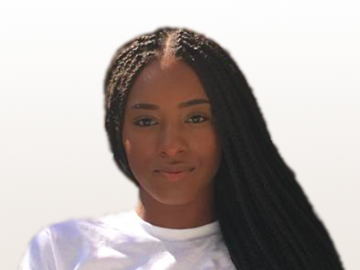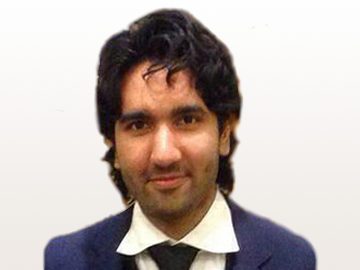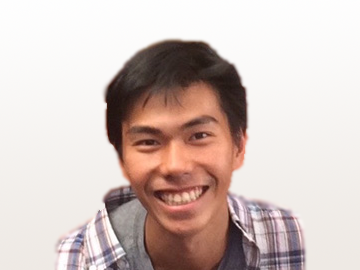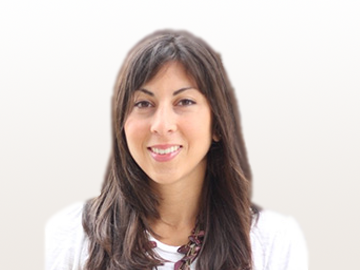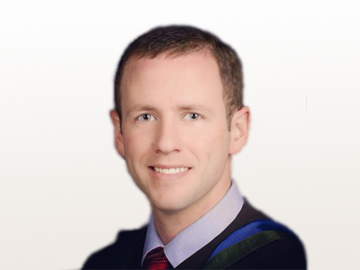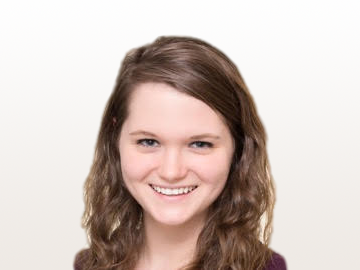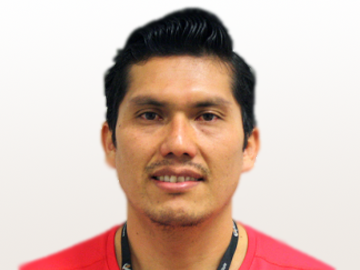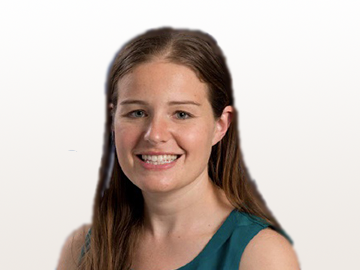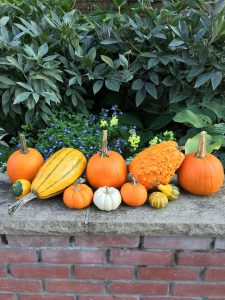 {Mandatory preamble: As with all of my blog posts, the views espoused herein are mine alone and should be construed as neither shared nor endorsed by any organization with which I have an affiliation.}
{Mandatory preamble: As with all of my blog posts, the views espoused herein are mine alone and should be construed as neither shared nor endorsed by any organization with which I have an affiliation.}
Courageous Series preamble: As the curtain began to close on 2020, I accepted two new roles at the University that would enable further concerted cultivation of an EDI agenda in my professional sphere of influence and work. I am delighted and honoured to serve on the Diversity Advisory Council for the Faculty of Medicine, as well as the Equity, Diversity, and Inclusion Committee of the Institute of Medical Science, both of which are chaired by selfless, passionate, and effective leaders. I am learning that the concept of ‘space’ figures prominently in the work of these committees, as with other initiatives seeking to advance the broad goal of humanity, respect, and freedom to flourish for all. Space that is owned. Space that is occupied. Space that is deserved. Space that may be taken or earned or relinquished. Space that should be decolonized. As we know, space is multidimensional, and absorbing a greater leadership role in EDI during a time of unprecedented and differential sorrow enabled me to reflect on how I’d like to bend it around me. A ‘safe space‘ is typically regarded as one that is free of judgment and aims to support and nurture the inhabitants. A ‘brave space‘, on the other hand, is one that aims to advance dialogue, potentially at the expense of comfort. In the former, the fragile are handled delicately; in the latter, they are challenged. I debated what to name this series, and thought long and hard about the concept of bravery. I decided that I fall short on being brave about this work. I promise you that I feel fear – of rejection, of judgment, of contempt, of backlash, of failure. Courage requires one to stand with that fear, and walk through it. This fight is worth it. Upon new dawn finally – and glacially – breaking over 2021, it seems apt, then, to launch a ‘Courageous Spaces’ series of blog posts, the first of which – written awhile back now and posted elsewhere – is reposted below. I hope you find them courageous. I hope they inspire us all to think.
{Trigger warning: privilege, mostly white, mostly male}
Hello friends! Minimally funded B-list scientist here. Catching up on my weekend science reading, as one does, and came across such a gem of a paper that I felt compelled to write this very instant. So as anyone who knows me will verify, I am a regular praise-singer and all-around defender of Kingdom Animalia and (most of) its inhabitants. My students are often privy to random prattlings espousing the loyalty of dogs; the social order of elephants; the ingenuity of rats; the intelligence of magpies; the teamwork of wolves; the resilience of basically anything surviving in Antarctica. You get the picture. What may surprise many – as it did me – are the profound and timely lessons we can evidently learn from plants. Plants?? Yes, friends, that’s correct; us pinnacles of evolution, us inventors of asphalt and high-throughput computing and aviation can take a page or two out of the book of Kingdom Plantae.
Buried in the recesses of the September 27, 2019 issue of Science Magazine (1) is what I consider to be a paradigm changing obvious call to action for the unwoke in academia, whose backsides, shockingly, continue to occupy positions of disproportionate power and influence. The paper is entitled “Ongoing accumulation of plant diversity through habitat connectivity in an 18-year experiment”, and upon reading it, one cannot help but draw parallels between the major study findings, which I will illuminate below, and the current crisis of personnel, morale, and equity in academic medicine. Fear no cognitive stretch or hyperextended neurons below – the benevolent plant ecologists have spelled it right out in real simple terms so that even the daft among us, the truly moronic, the dinosaurs in whom a glimmer of wokeness surfaces ephemerally only to retreat back to the land of four-leaf friggin’ clovers, will be able to make the connection.
So what do plants know that we academic doctors do not? The nutshell goes something like this: a. habitats are fragmented; b. this geographic isolation of habitats leads to loss of diversity through extinction; c. restoring connections between habitats translates into increased diversity by two mechanisms: loss of extinction and increased immigration into the now connected habitats. In other words, environments that exist as silos can be fantastically successful at cultivating and even nurturing a species or two, enabling them to flourish and procreate and repopulate the landscape. What environmental silos cannot do, apparently, is retain “the only” (that is, the lonely), and, despite the lip service they might pay, invite in novel phenotypes. This is the literal playbook for your average friendly neighbourhood boys’ club. Nepotism is just a more specific form of racism, after all. Even if graciously tolerated, how likely is it that your average minoritized woman faculty will hit the back-9 or cigar lounge with a pack of steak-smashing beer buddies? NOT LIKELY. Strip away the booze, tobacco, leather-backed chairs, antlered walls, reek of privilege, and ambient colonialism, and maybe she’ll engage. Why are we so clueless in this regard? What about forcing new players into someone else’s well worn comfort zone is presumed to be a successful strategy?? Wake up, geniuses! It doesn’t work!!
And what of that solitary heterospecific sapling? The authors report that “in fragmented habitats, species can continue to persist for years before eventually going extinct, resulting in an “extinction debt” paid over decades or even centuries” (1). A demographic chasm that is artificially diminished by the sole individual killing itself to “fit in” and nudge the bar towards a common institutional mission over decades, when it and any potential progeny would be far better served by packing up its shit and moving to its own silo. You know what I’m talking about. On how many more committees do you “represent” than the average visibly abled cis-gendered white male peer down the hall? Extra work for no pay? You got it! Pleased to be your poster child as you busy yourselves obfuscating the institutional constructs that continue to enable you to select, promote, and decorate the very demographic upon whose survival silos being siloed is predicated.
I liken this scenario to kleptochloroplasty. Wait, what? It’s a phenomenon in which one predatory organism engulfs and then burglarizes the power-generating capacity of a second chloroplast-bearing organism for its own gain. Substitute cognitive load for ATP and minoritizing phenotype for chlorophyll and you get the idea. To over-generalize, not exactly a two-way street.
Now, before study onset in the Science paper, connections between habitats had been lost over time leading to rafts of isolation, unlike academic medicine where connections to diverse demographic professional communities failed to exist in the first place. Exhibit A: dude walls. In every single medical establishment in the history of medical establishments. Still, the parallel stands. Most interestingly, and compellingly, “connectivity’s effects on species richness continue to accumulate” and their “best-fit models of species richness differences over time” showed “no asymptote” (1). Showed no asymptote!! In other words, diversity continued to march towards infinity, and would presumably and eventually be constrained by the gene pool that could theoretically survive such habitats, but even 18-years out, the full diversity potential of the newly connected silos had yet to be achieved. This makes sense and for me is the single greatest argument for intersectionality that I have read to date. If academic medical institutions are going to truly represent our patients, our students, and our communities, intersectional approaches to hiring, promotion, and leadership are simply required (2, 3, 4, 5, 6, 7). FULL STOP.
Connecting one old silo to the next is unlikely to remediate the situation, of course. Connect doesn’t mean subsume. Or encapsulate, adopt, ingest, encircle, or absorb. A solution will require systematically dismantling existing structures and creation of something new, something better. Don’t fix what isn’t broken? Don’t reinvent the wheel? As the woke amongst us are quietly pondering, in its current iteration the wheel of academic medicine may be well beyond repair. It’s way too far gone, and applying to systems the exact same broken processes while expecting different outcomes makes us look ridiculous. Exercising the full power of the creativity and intelligence with which we human beings are allegedly endowed will be needed to facilitate “demographic rescue” (migration in) – an urgent need if ever there was one – and rejuvenation of the lonely little saplings perishing under the weight of the heroic expectations laid upon their branches. From one endangered species to another, the time to act is now. Get woke.
REFERENCES
- Damschen EI, et al. Ongoing accumulation of plant diversity through habitat connectivity in an 18-year experiment. Science 2019;365(6460):1478. Available at: https://science.sciencemag.org/content/365/6460/1478
- Tricco AC, Bourgeault I, Moore A, Grunfeld E, Peer N, Straus SE. Advancing Gender Equity in Medicine. CMAJ 2021;193(7): E244-E250. Available at: https://www.cmaj.ca/content/193/7/E244
- Sotto SM. 42 Ways to Advance Racial Equity in Academic Medicine. Indiana School of Medicine Bioethics Blog. Available at: https://medicine.iu.edu/blogs/bioethics/42-Ways-to-Advance-Racial-Equity-in-Academic-Medicine
- Dryden O, Nnorom O. Time to dismantle systemic anti-Black racism in medicine in Canada. CMAJ 2021;193(2):E55-E57. Available at: https://www.cmaj.ca/content/193/2/E55
- Duong D. New national consortium to tackle anti-Indigenous racism in medical education. CMAJ 2021;193(10): Available at: https://www.cmaj.ca/content/193/10/E347
- Neilson S. Ableism in the medical profession. CMAJ 2020;192(15):E411-E412. Available at: https://www.cmaj.ca/content/192/15/E411
- Janz HL. Ableism: the undiagnosed malady afflicting medicine. CMAJ 2019;191(17):E478-E479. Available at: https://www.cmaj.ca/content/191/17/E478






